Penrhyn Castle
Explore
Discover Tintern Abbey, a breathtaking Gothic ruin in Wales’ Wye Valley. Explore its history, architecture, and stunning riverside setting.

Tintern Abbey, nestled in the picturesque Wye Valley, is one of the most stunning monastic ruins in Wales. Founded in 1131 by Cistercian monks, this historic abbey is celebrated for its awe-inspiring Gothic architecture and tranquil riverside setting. Surrounded by lush greenery and rolling hills, Tintern Abbey offers visitors a chance to step back in time and experience the serenity and beauty of this ancient spiritual retreat.
The abbey’s grand remains, including its soaring arches and intricately carved windows, provide a glimpse into its glorious past as a center of worship and monastic life. Strolling through the ruins, visitors can imagine the daily routines of the monks who once lived there. Tintern Abbey has inspired poets and artists for centuries, most famously William Wordsworth, whose poem Lines Written a Few Miles Above Tintern Abbey captures its timeless allure.
A visit to Tintern Abbey is a journey into history and natural beauty. It’s an ideal spot for photography, picnics, or quiet contemplation. Located near the charming village of Tintern and other attractions such as the Wye Valley Walk, this site is a must-visit for history enthusiasts, nature lovers, and those seeking a peaceful escape.
Marvel at the towering arches that showcase the abbey’s exquisite Gothic architecture.
Enjoy the serene location along the River Wye, perfect for relaxation and photography.
Discover the site that inspired Wordsworth and generations of creatives with its timeless beauty.
Learn about the lives of the Cistercian monks who lived and worshipped at the abbey.
Perfect for families, the open ruins invite kids and adults alike to discover the abbey’s storied past.
Why not make a weekend of it? Explore Nearby Attractions. Scroll to zoom in or out on map.
Curious about Tintern Abbey? We've compiled answers to the most frequently asked questions to help you uncover the highlights and visitor essentials.
Tintern Abbey was founded in 1131 by Cistercian monks and became one of the most significant monastic centers in medieval Wales.
Yes, visitors can explore the abbey’s remains, including its grand arches, windows, and intricate stonework.
Yes, Tintern Abbey famously inspired Wordsworth’s poem Lines Written a Few Miles Above Tintern Abbey, written in 1798.
Tintern Abbey is located in the Wye Valley and is easily accessible by car, with parking available nearby.
Nearby attractions include the Wye Valley Walk, Chepstow Castle, and the Forest of Dean.
Make your trip unforgettable by exploring these nearby attractions during your visit.
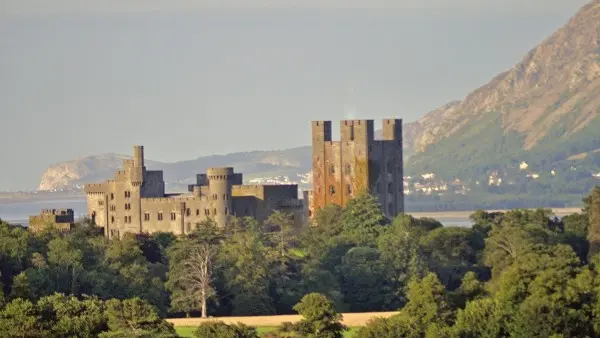 Bangor
Bangor
 Llanberis
Llanberis
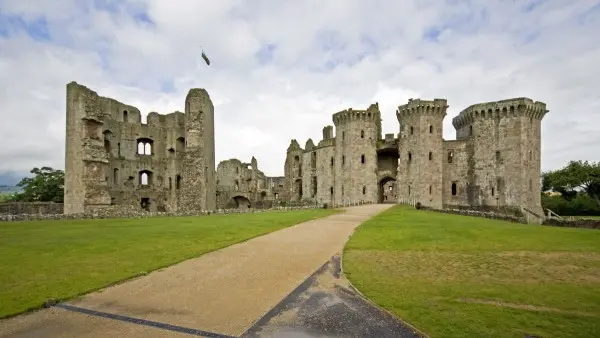 Raglan
Raglan
 St Davids
St Davids
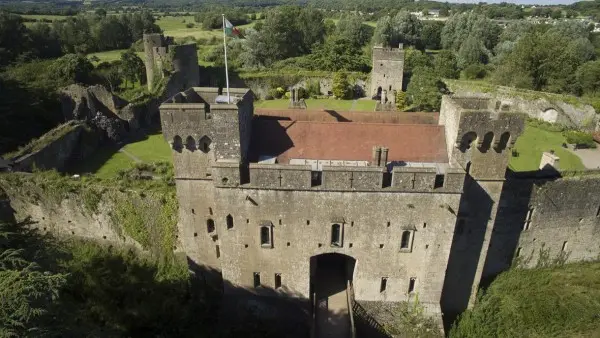 Caldicot
Caldicot
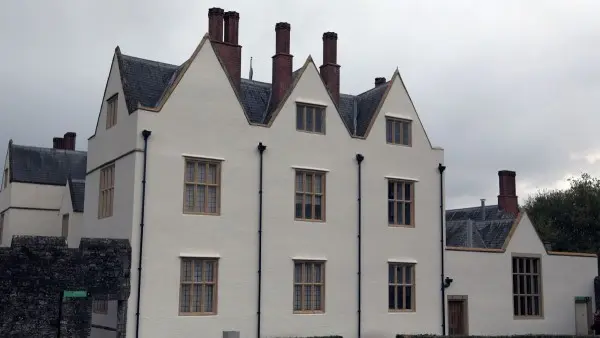 Cardiff
Cardiff
 Felinheli
Felinheli
 Swansea
Swansea
 Portmeirion
Portmeirion
 Wrexham
Wrexham
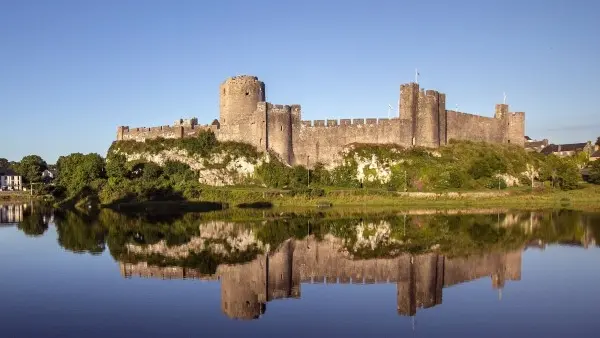 Pembroke
Pembroke
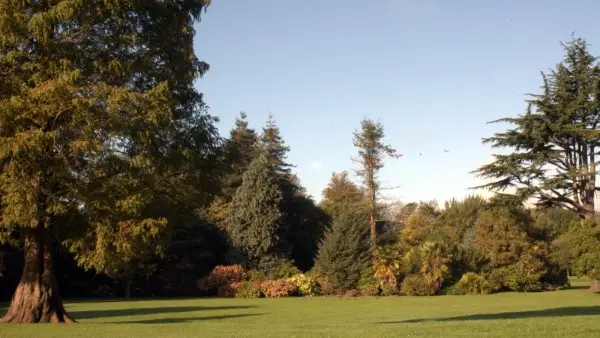 Cardiff
Cardiff